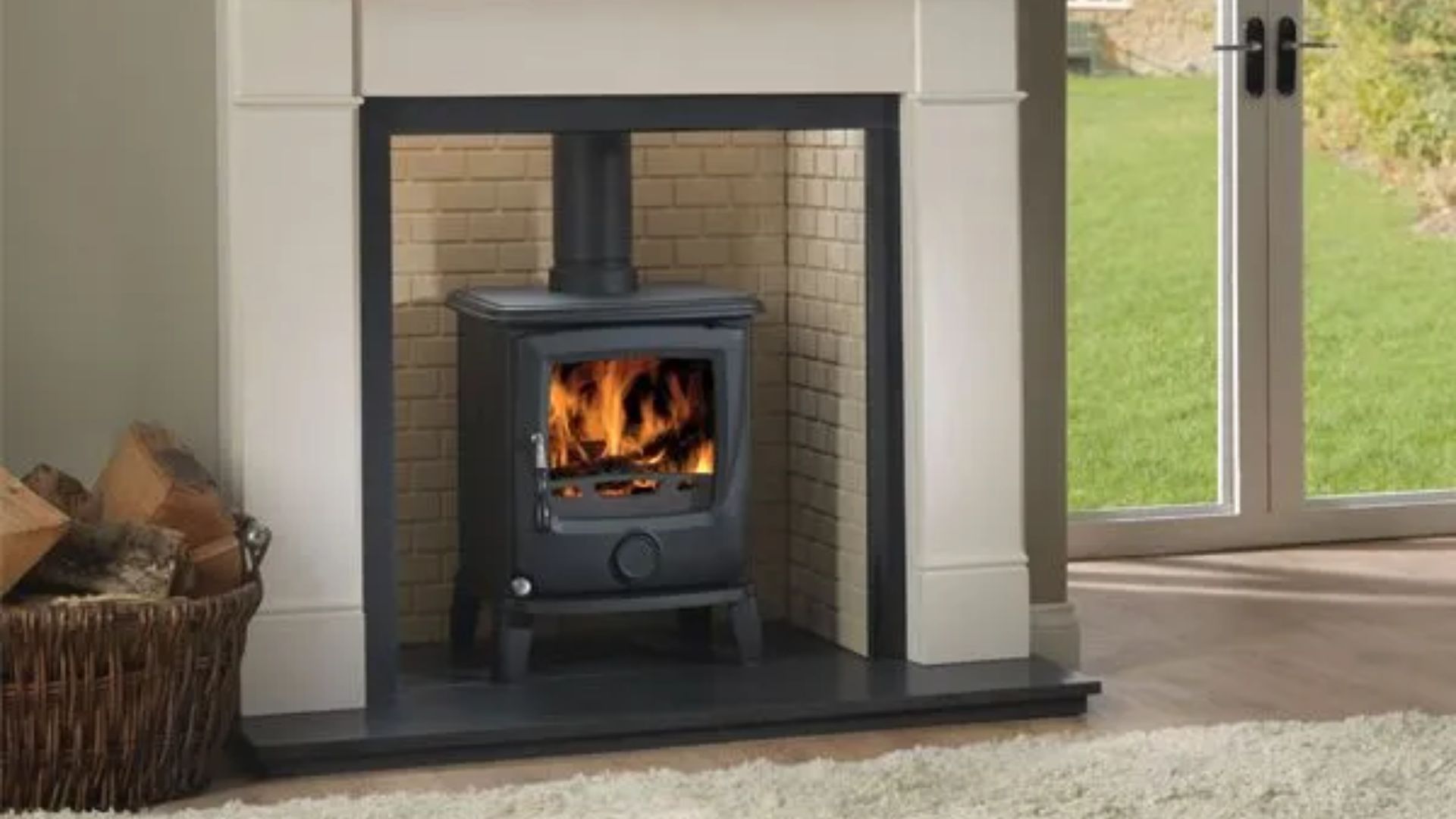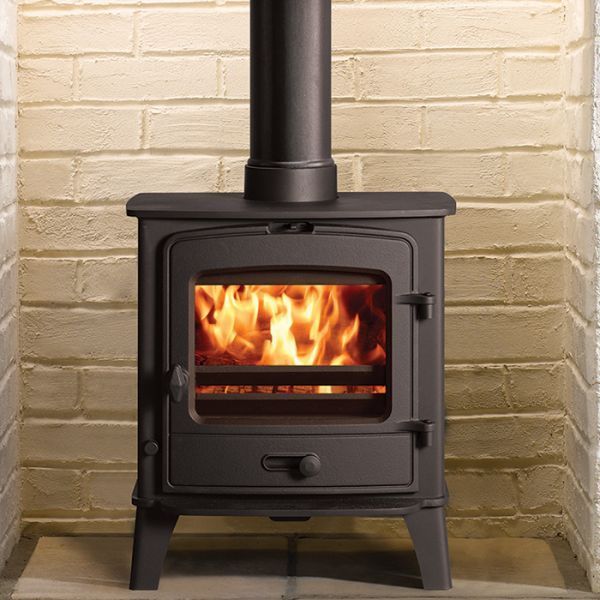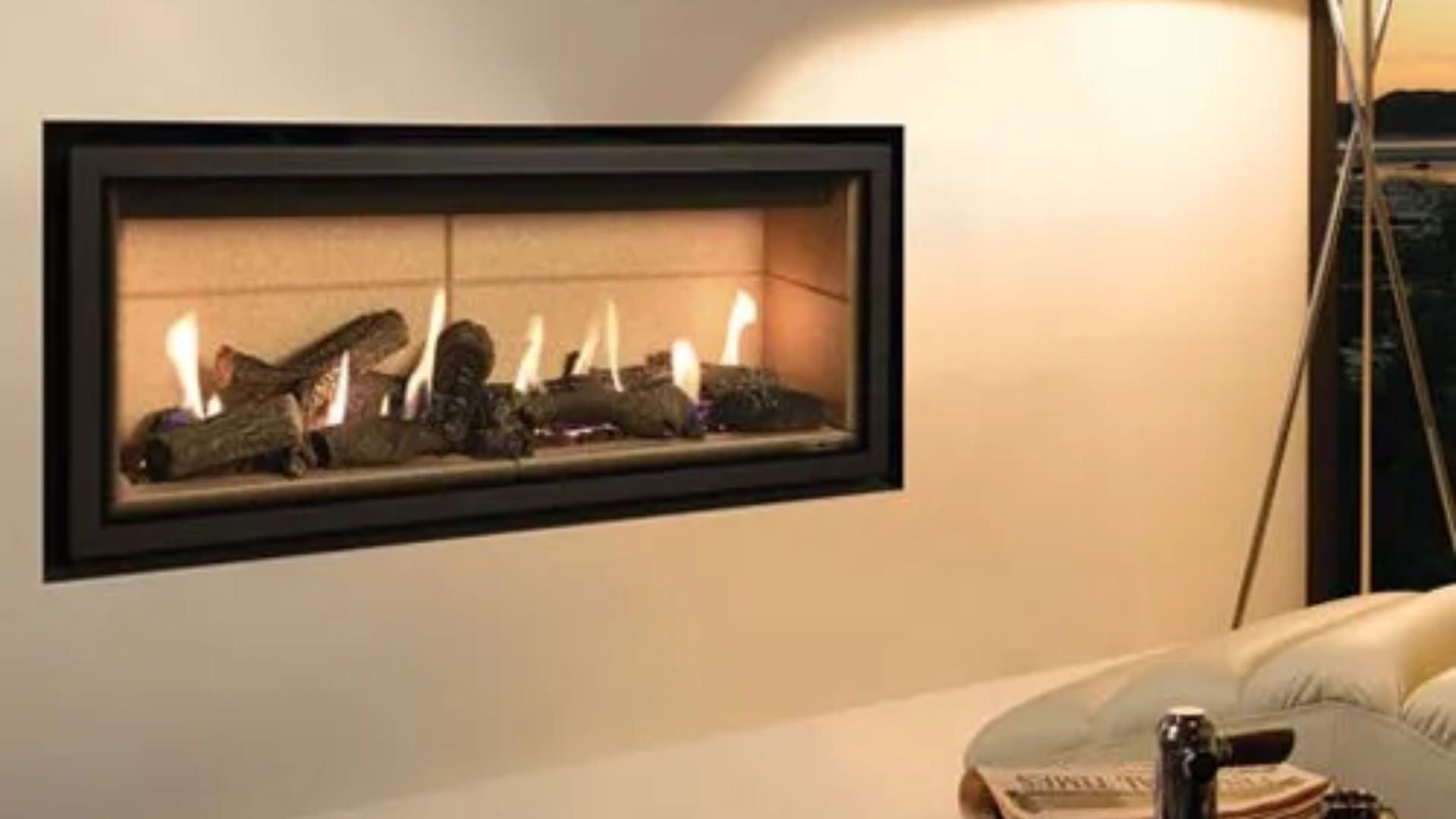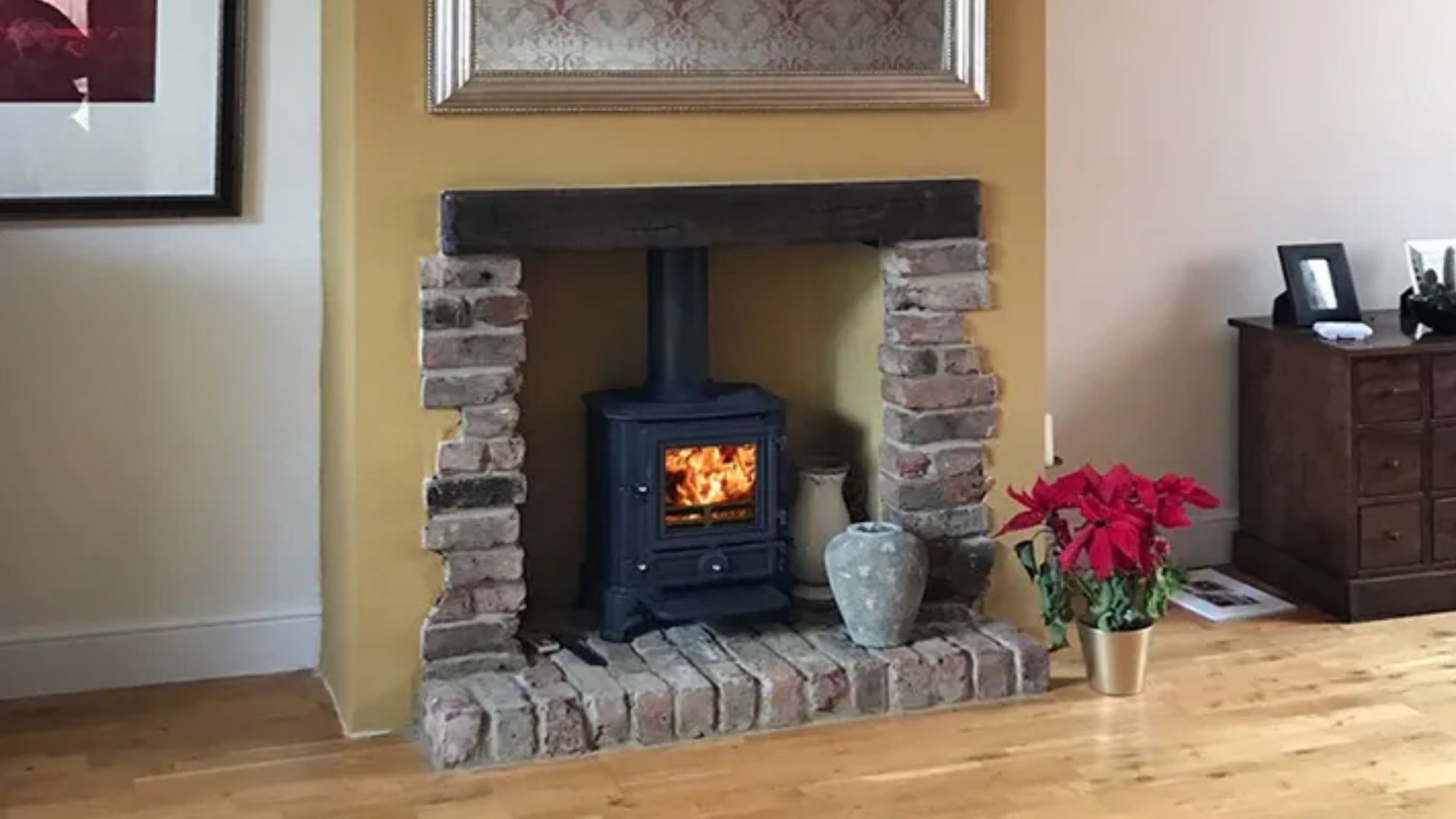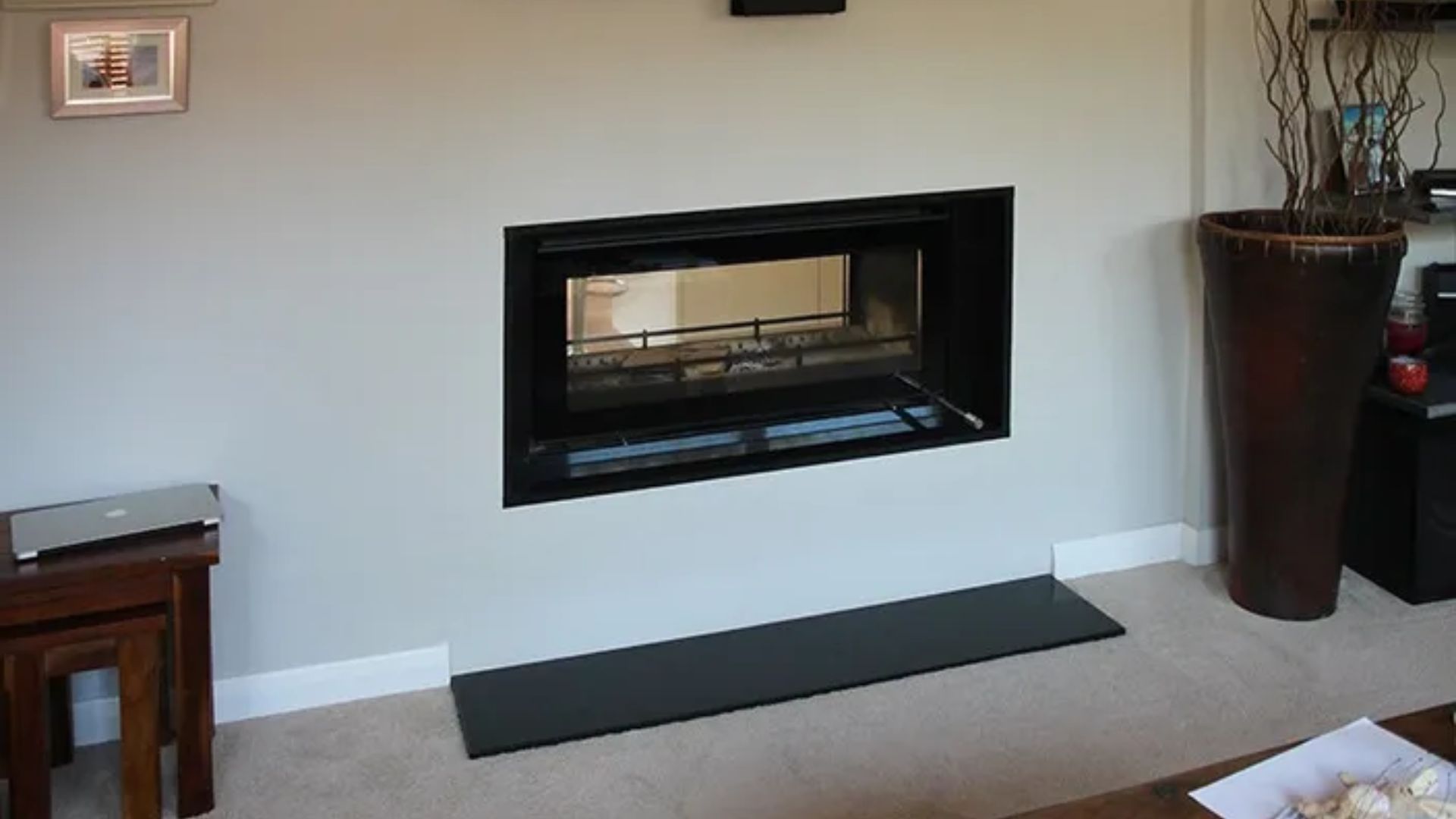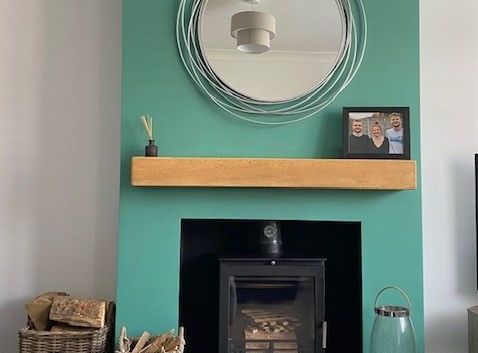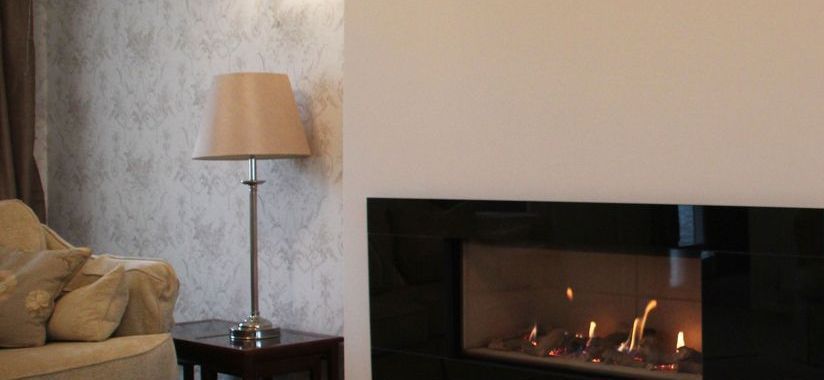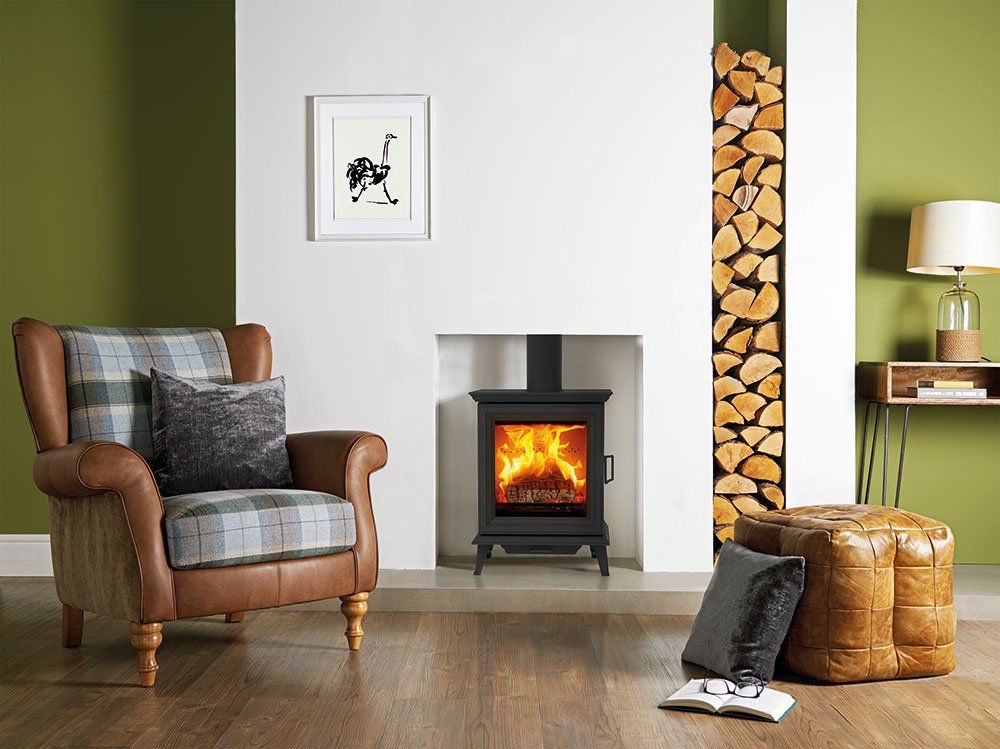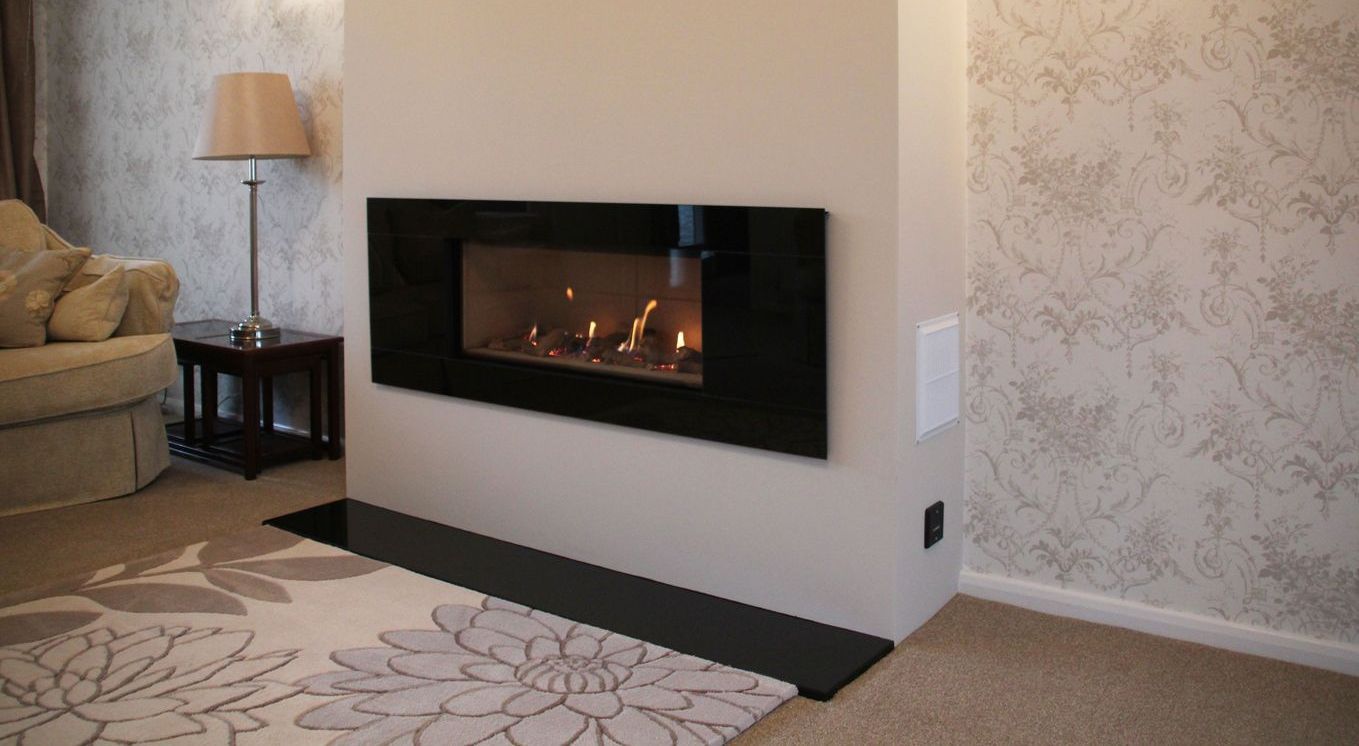How to buy a multi-fuel stove: a comprehensive buying guide
A multi-fuel stove is a versatile heating option for your home. It can burn a variety of fuels, such as wood, coal, and peat. This flexibility makes it an excellent choice for those looking to maintain warmth efficiently while keeping fuel options open. However, purchasing a multi-fuel stove requires careful consideration. Below is a detailed guide to help you navigate the process if you want to buy a good-quality stove.
Factors to consider when buying multi-fuel stoves
Understanding multi-fuel stoves
Before diving into the buying process, it’s crucial to understand what a multi-fuel stove is and how it differs from a wood-burning stove. While both stoves can burn wood, a multi-fuel stove includes a grate and an ash pan to accommodate other fuels like coal, which requires more air circulation from below. This feature adds versatility and may influence design, cost, and maintenance needs.
Assessing your heating requirements
The first step in buying a multi-fuel stove is determining your heating needs. Consider the size of the room or area you want to heat. Stoves come with different heat output ratings. You can buy 2-3 kW for small rooms and 4-6 kW for medium-sized rooms. Again, opt for a 7-10 kW if you have a large room. For efficient heating, choose a stove with a heat output that matches the size of the room.
Choosing the right material
Multi-fuel stoves are typically made from either cast iron or steel. Cast iron stoves are known for their durability and ability to retain heat for longer, even after the fire. Steel stoves heat up more quickly and are often contemporary. Your choice will depend on your style, heat retention, and budget preference.
Efficiency and environmental considerations
Modern multi-fuel stoves are designed to be highly efficient, with many models achieving efficiency ratings of 70% or higher. If you live in a smoke-control area, look for stoves that can control smoke, as these are certified to burn fuel cleanly and reduce emissions.
Installation and maintenance
Installation is critical to ensuring your stove operates safely and efficiently. It’s recommended that you have your stove installed by a certified professional. Regular maintenance, including cleaning the flue and checking seals, will also ensure the longevity of your stove.
Budgeting and additional costs
Finally, consider the cost of the stove itself, which can range from a few hundred to several thousand dollars, depending on the brand, material, and features. Don’t forget to factor in installation costs, fuel costs, and necessary accessories like a stove pipe or hearth.
Shop
Pure Stoves & Fireplaces for a range of multifuel stoves for traditional and modern-styled homes. We have versatile heating solutions that you can buy at your convenience.
